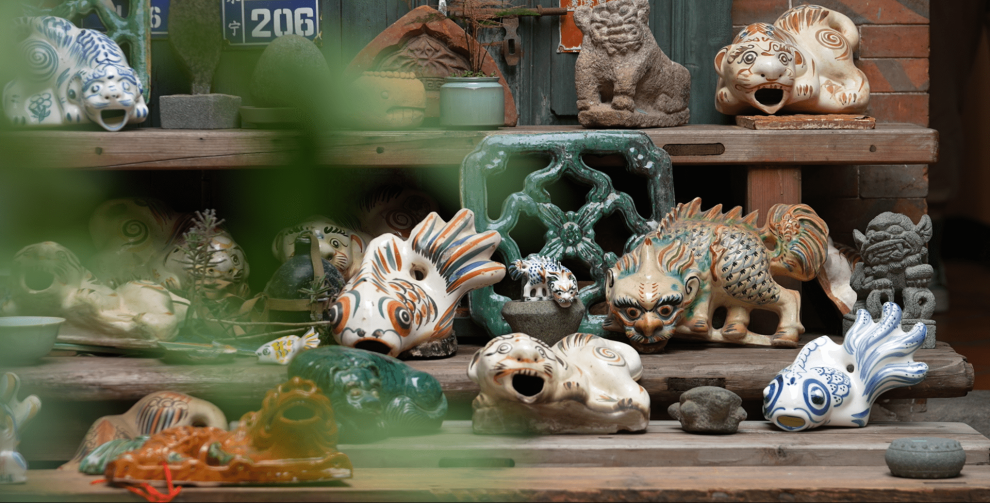The concept of gargoyles originated in the West, particularly in medieval Europe, where they were part of the drainage system in Gothic architecture. In China, however, these “drip beasts” are unique to the Minnan region in southern Fujian province and are found primarily in the Quanzhou area.
Although serving a similar function to their Western counterparts, Chinese drip beasts differ in form and cultural significance. Incorporating local cultural characteristics and folk beliefs, they are considered auspicious creatures that ward off evil. Their diverse forms include fish, tigers, qilin, mandarin ducks, and elephants, each symbolizing a blessing, such as abundance, fortune, and happiness.
The adoption of drip beasts in Quanzhou It is an example of cultural exchange and influence, showing how culture spreads and adapts across regions. Today, these lovely creatures not only serve the practical function of draining rainwater, but are also a highlight of Minnan architectural culture.

A fusion of function and symbolism in traditional Chinese architecture.
In traditional Chinese architecture, drip beasts have a long history dating back centuries. They are an integral part of temples, palaces and other important buildings. In Quanzhou, a city known for its rich cultural and architectural heritage, these decorative elements are a testament to local craftsmanship and cultural beliefs that have been passed down through generations.
Today, these Quanzhou figures are appreciated not only for their functionality, but also for their artistic and cultural value. They are considered auspicious symbols and continue to be used in the restoration and construction of traditional buildings, reflecting the continuity of ancient architectural and cultural practices in the city’s modern context.














Add Comment